According to insiders, the phrase "billion-dollar salary" seems simple, but in reality it is the result of the stars' almost "unimaginable" career process.
The article Vietnamese stars' salaries can reach up to 2 billion VND/show has attracted diverse opinions from readers. Many people think that singers today earn money too easily, singing in one night is equal to the income of an ordinary person in several years. Some people question whether singers are "bragging", creating unrealistic numbers.
According to insiders, the phrase "billion-dollar salary" sounds simple, but in reality it is the result of the stars' almost unimaginable career.
The story behind the billion-dollar salary
It should be clarified that not all singers have salaries up to billions. The number of S-class stars in Vietnam can be counted on one hand.
Performing is never as simple as going to a venue, taking the money and going home. To put on a performance requires the participation of dozens of people and many steps, all of which are converted into money.
For each show, the star's crew includes at least 5-6 people including: manager, assistant, makeup artist, stylist, media and/or social media.
Currently, S-list stars all run or belong to management companies. The crew of a female singer who belongs to a company, the monthly cost of "homegrown" is around 100 million VND, each year about 1 billion VND.
The better the crew, the higher the cost. There is a case where an S-class male singer has to "feed" an entire corporation.
"Even with a salary of 1 billion, if you only sing 2 shows/month, there won't be much left," an anonymous media manager told VietNamNet.

High salary means many conditions. A male singer with an average salary of 1.2 billion VND, in reality, the contract always has a clause "commitment to go viral on social networks".
"It's not natural that he always does this and that every time he appears. He has to pay the brand's rights," according to the expert.
This person also commented that the singing profession can only move forward, it is not allowed to stagnate. Many singers sell assets such as houses and land to make products and are praised for their professionalism, but the truth is that there is no other choice.
Experts say: "Vietnamese artists rely on brands instead of products because audiences don't pay, and copyright is complicated. However, to have shows, they are forced to continue making new products."
On average, the cost of making a music video ranges from 500 million to 1 billion VND, an album costs from 1 billion VND or more. For a B-list name, the cost of organizing a press conference and media is about 300 million VND; social depends on the budget.
On the contrary, A and S categories are the realm of social wars. It is no longer new that an MV cost 1.5 billion VND to produce but the social cost "increased" to 2.5 billion VND or even more.
The average cost of a new song is $10,000 (about VND254 million), not including mixing, arranging, and other royalties. In addition, it does not include costumes, travel, food, etc.
The situation of singers spending all their assets but their products still fail is very common in an increasingly competitive market.
A singer spent hundreds of millions of dong on designer clothes, but the MV received less than 1 million views. Female singer L. made a series of live session MVs, and the live band alone cost her over 1 billion dong, but then it was like "throwing stones into a pond of duckweed".
For the past two years, except for A+ and S-class singers, it has been almost impossible for singers of lower classes to get sponsorship. In some cases, sponsorships have failed because the brands have demanded too much, and the singers - with their high egos and strict requirements for artistic quality - have had to "bite the bullet" and refuse.

You get what you pay for
From the perspective of a fellow musician, musician Nguyen Van Chung sees the phenomenon of S-class stars earning billions of dong in salary as "nothing to argue about".
The rule of "you get what you pay for" and "where there is supply, there is demand" is always true. The "huge" number reflects that the artist brings corresponding values and the brand receives benefits equivalent to, or even higher than, the money spent.
"Brands are very smart in their investment and business activities. Whether spending billions to invite artists to perform is worth it or not, only they know best, no one can force or influence them," he said.
Nguyen Van Chung believes that high income always comes with high responsibility. Artists must ensure their obligations to customers and their obligations to pay taxes (in relation to the State and society), thereby contributing to the development of the country.
"We can only condemn people with high incomes for breaking the law, but how can we condemn those who try to build a good personal image, achieve the highest ranking in their career field to be worthy of the money customers spend?", the musician expressed his opinion.
He also disagrees with the term "price gouging" because: "It is everyone's right to price themselves high or low. Everyone has the right to set their desired value, whether they accept it or not is up to the customer - something that is very natural in society."
Bich Hop

Source: https://vietnamnet.vn/ca-si-chi-can-hat-3-bai-da-cam-cat-se-1-ty-2334897.html


![[Photo] Reception to welcome General Secretary and President of China Xi Jinping](https://vstatic.vietnam.vn/vietnam/resource/IMAGE/2025/4/15/ef636fe84ae24df48dcc734ac3692867)
![[Photo] Tan Son Nhat Terminal T3 - key project completed ahead of schedule](https://vstatic.vietnam.vn/vietnam/resource/IMAGE/2025/4/15/85f0ae82199548e5a30d478733f4d783)

![[Photo] National Assembly Chairman Tran Thanh Man meets with General Secretary and President of China Xi Jinping](https://vstatic.vietnam.vn/vietnam/resource/IMAGE/2025/4/14/4e8fab54da744230b54598eff0070485)















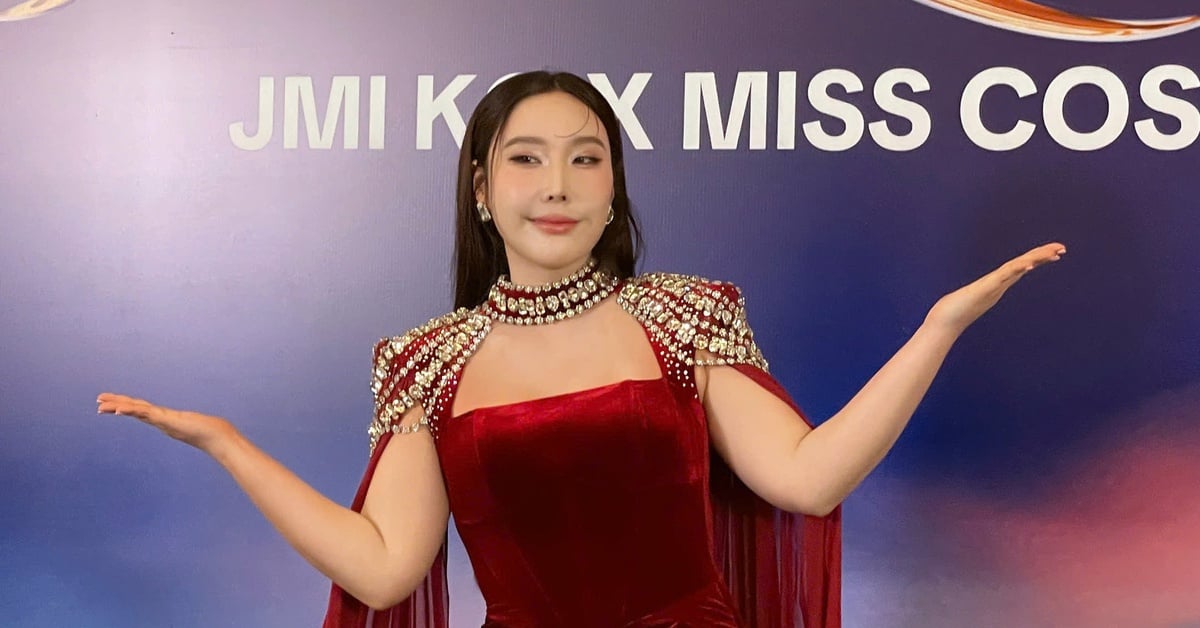









![[Photo] Prime Minister Pham Minh Chinh meets with General Secretary and President of China Xi Jinping](https://vstatic.vietnam.vn/vietnam/resource/IMAGE/2025/4/14/893f1141468a49e29fb42607a670b174)























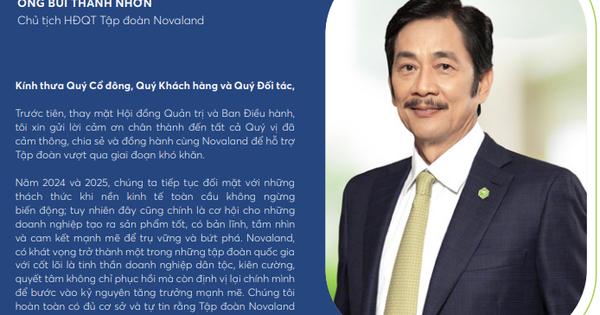






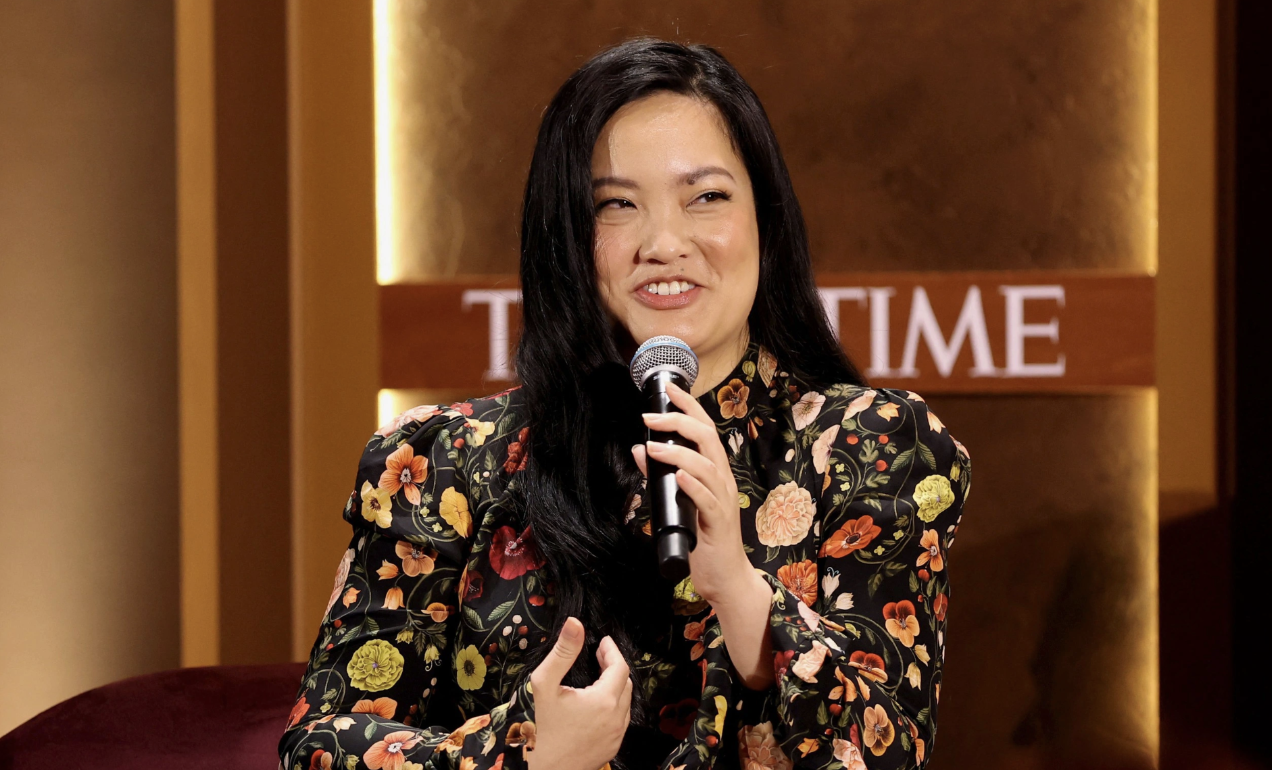













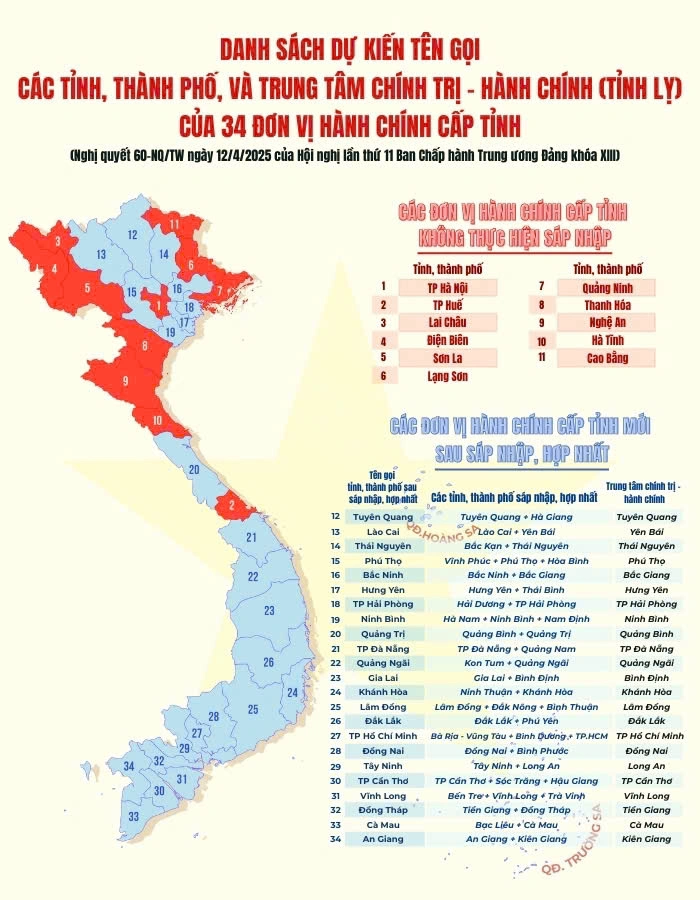
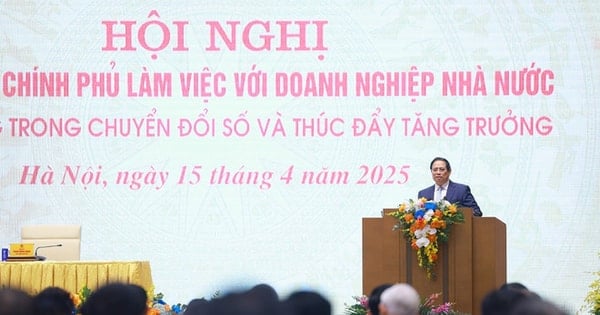














Comment (0)